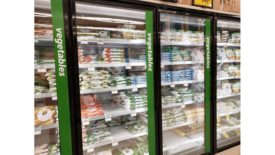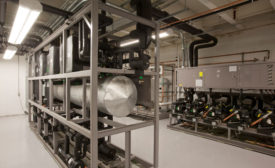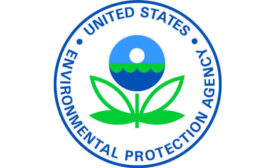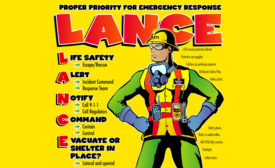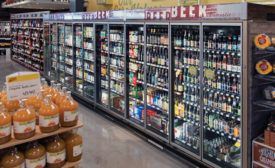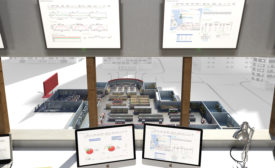Home » Keywords: » ammonia refrigeration
Items Tagged with 'ammonia refrigeration'
ARTICLES
Grocers Share Concerns Over Alternative Refrigerants
Food retailers cite problems with CO₂ and other low-GWP refrigeration systems
Read More
CO2/Ammonia Cascade System Proves Effective in Retail Settings
Supermarkets can future-proof their refrigeration systems using natural alternatives
February 5, 2018
EPA Delays RMP Amendments Until 2019
Existing Risk Management Program will remain in effect as recent amendments are reviewed
Read More
Data Center Managers Strive to Conserve Resources, Energy
New solutions reduce power, water, and refrigerant use
Read More
The First 10 Minutes Are Critical in an Ammonia Release
Knowing what not to do is just as important as knowing what to do
Read More
Should Ammonia Exit ASHRAE Standard 15?
IIAR 2 may be a more appropriate safety standard for the B2L refrigerant
Read More
Why R-32 May Be the Refrigerant of the Future
All options have pros and cons, but R-32 makes a good case for itself
Read More
Navigating the Aisles of Change
While changes keep coming for supermarkets, the HVACR industry keeps answering the call
Read More
Scanning the Supermarket and Restaurant Horizons
HVACR news and advances from two dynamic market sectors
Read More
Copyright ©2024. All Rights Reserved BNP Media.
Design, CMS, Hosting & Web Development :: ePublishing

